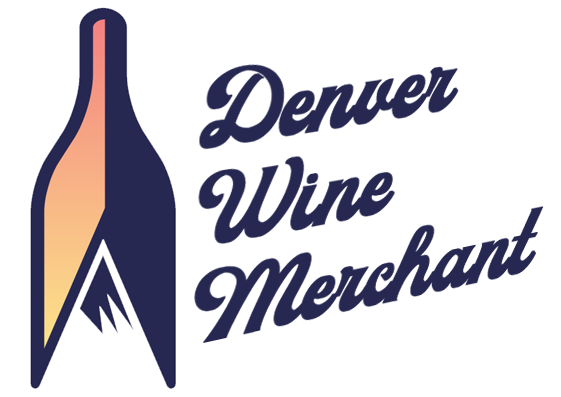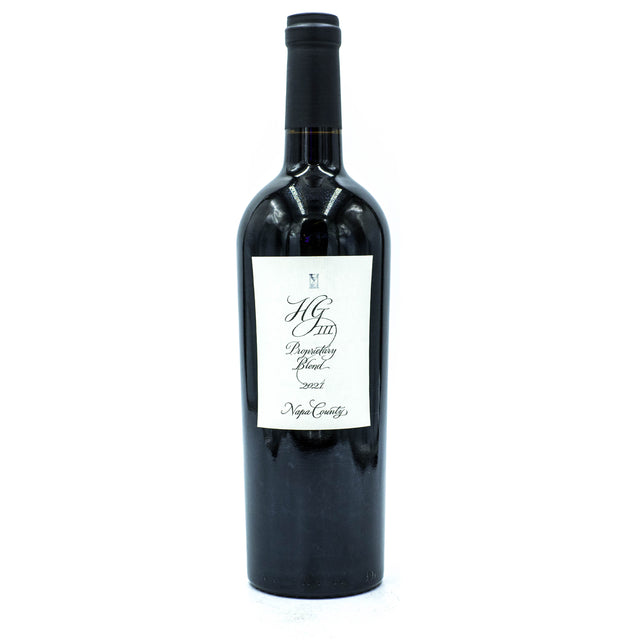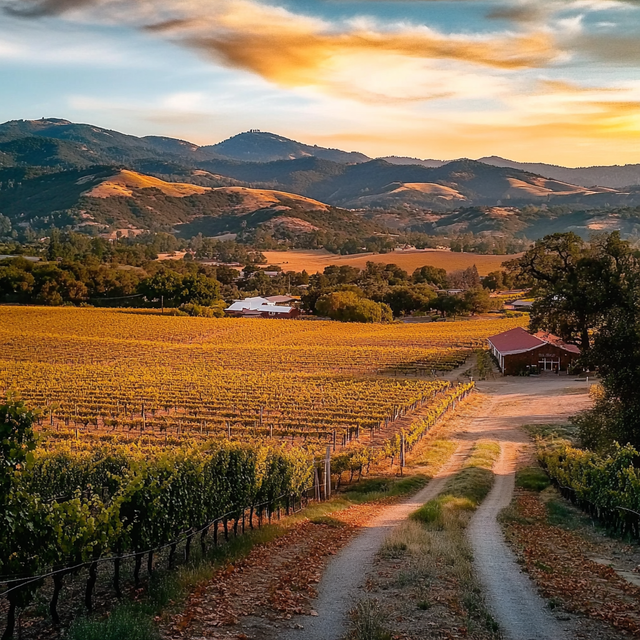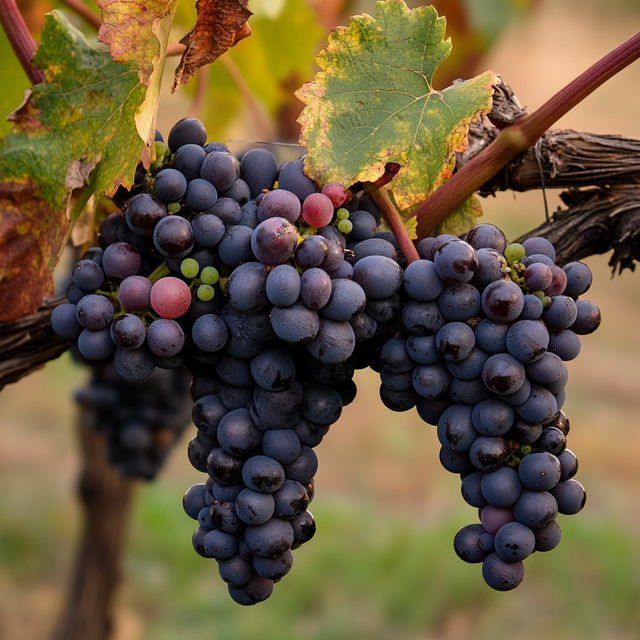Napa Valley, a narrow strip of land in Northern California, is one of the world's most renowned wine regions. Its history dates back to the mid-19th century, but its rise to international prominence began in the latter half of the 20th century, particularly after the famous 1976 "Judgment of Paris" tasting, where Napa wines triumphed over French counterparts. Geographically, the valley is roughly 30 miles long and a few miles wide, running north-south, bordered by the Mayacamas Mountains to the west and the Vaca Range to the east. The climate varies significantly from south to north: the southern end, near San Pablo Bay and including the Carneros region, is cooler, influenced by fog and breezes, while the northern end, near Calistoga, experiences much warmer temperatures. This gradient, along with the distinction between the fertile valley floor and the rugged mountain vineyards, contributes to a diversity of growing conditions, allowing for a wide range of grape varieties, though Cabernet Sauvignon reigns supreme.
California - Napa Valley
Merlot, a red grape variety celebrated for its soft tannins and approachable fruit, is a cornerstone of winemaking around the world. It achieves some of its highest expressions on the Right Bank of Bordeaux, particularly in prestigious appellations like Pomerol and Saint-Émilion, where it forms the dominant part of many celebrated blends, contributing richness and plushness. Merlot also plays a significant role in Tuscany, where it is a key component in many Super Tuscan wines, and also stands alone to produce spectacular varietal wines. In Washington's Columbia Valley, Merlot thrives in the region's sunny days and cool nights, producing varietal wines that highlight its velvety texture and generous fruit profile. While Merlot is widely planted in California, some believe it reaches even greater heights in Washington State.




